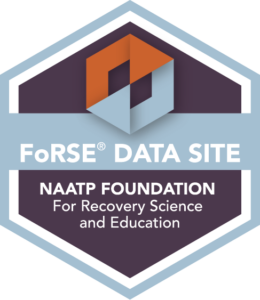Experiential Therapy (ET) helps people who struggle to discuss their feelings or try to escape them altogether. It uses role-playing, writing, arts and crafts, music, exercise, and meditation to recreate emotional situations. Accompanied by a trained therapist, clients are taught to explore and release negative feelings of anger, pain, or shame that are linked to past experiences and still affect their lives.
With practice, people learn strategies that they can use to deal with negative emotions after treatment. For instance, someone may learn that they enjoy painting after trying art therapy. Someone else might enroll in martial arts classes after adventure therapy.
Benefits of Experiential Therapy:
- Feel less stressed.
- Able to focus on the present instead of feeling anxious about the past or future.
- Better overall mood.
- Better communication skills.
- Improved coordination.
- Higher self-esteem and self-confidence.
- Find ways to release pent-up negative emotions.
- Decreased depression and anxiety symptoms.
- Improved social skills.
- Feel more connected to others.
- Better at being part of a team.
- More comfortable trying new things.
- Able to create meaningful relationships with others.
How it Works:
- You do something proposed by your therapist.
- Therapists observe you, make notes, and might interrupt to help.
- The therapist’s notes are used in a future 1-on-1 therapy session to create a treatment plan for underdeveloped skills.
- Your progress determines the treatment plan or future ET sessions.
Example of Experiential Therapy:
Jack has social anxiety. He never feels like he fits in with other people or says the right thing. He often dwells on his social interactions and thinks very little of himself. This causes him further anxiety and makes it hard for him to feel a connection with anyone, including his therapist.
Step 1. Jack’s therapist has him try activities where teams work together to accomplish things they couldn’t do alone.
Step 2. She observes Jack’s attempts to connect with the group. She might stop the exercise to provide advice if she saw Jack trying to seclude himself.
Step 3. Jack and his therapist review her notes in 1-on-1 therapy. She concludes that between sessions, he needs to journal his thoughts and feelings after doing small social acts that make him uncomfortable. This journal will be reviewed in future 1-on-1 sessions to help treat his social anxiety and improve his performance in the team exercises.
Step 4. Jack’s therapist tracks his progress with the team. When she sees enough improvement, she could advance Jack’s treatment by making him the new team leader. They now have new progress and setbacks to address in 1-on-1. Or she might change his treatment outside of the team if he was not benefitting from journaling.
Tree House Recovery of Orange County, California uses a unique form of experiential therapy which helps shape all our patients into men who are calm, kind, confident, and clean.
Interested in joining? Call us anytime: (855) 202-2138.
Do Your Research:
- We excel at helping people who have tried other rehab facilities. [See Google Reviews].
- According to rehabs.com, we are one of the highest rated facilities in California.
- Based on data collected from 2013-2018, only 15% of Tree House clients relapse post-treatment.
- Read more Tree House Recovery results.
- Browse other Tree House Recovery reviews.






